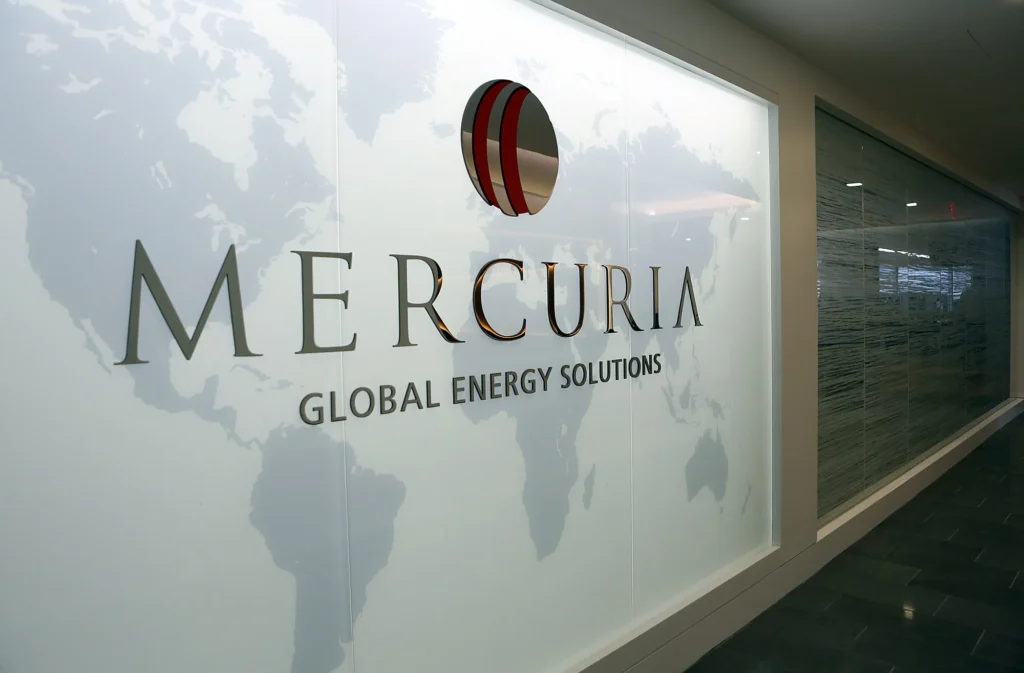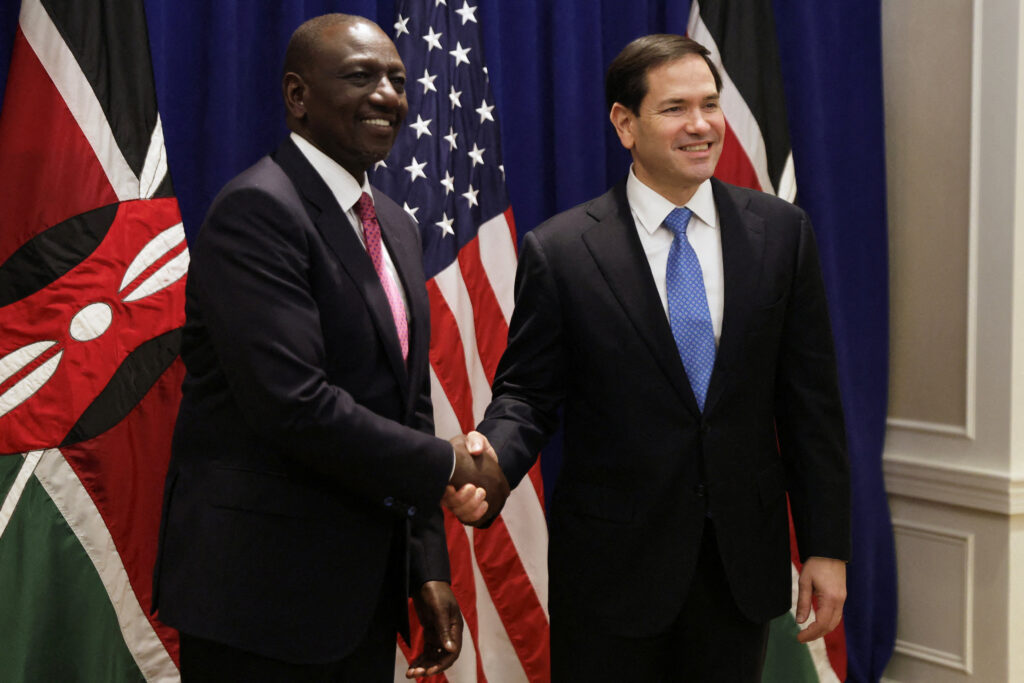
Ethiopia’s ambitious drive toward electric vehicles is hitting roadblocks as owners grapple with unreliable power, costly repairs, and limited support.
As fuel prices surged this year, Awgachew Seleshi opted to buy an electric car, aligning with Ethiopia’s ban on gas-powered private vehicles. However, Seleshi is now questioning his decision, citing issues from scarce spare parts to frequent power outages in Addis Ababa.
“Charging my car has been a challenge,” he shared. “Spare parts from China are costly, few mechanics can fix electric vehicles, and resale value is poor.”
Ethiopia’s January ban on non-electric vehicle imports marked a global first, aiming to reduce foreign currency expenses on fuel subsidies and promote green technology. But the transition has faced hurdles. In early October, the government raised fuel prices by 8%, pushing for gradual subsidy removal.
Authorities report progress, with more than 100,000 electric cars imported monthly. The goal is to reach 500,000 monthly imports by 2030, backed by the Grand Renaissance Dam’s promised 5,000 megawatts of power within a year.
However, Addis Ababa’s limited infrastructure has many doubting the initiative. Garage owners struggle to meet demand, and drivers report high repair costs due to the scarcity of trained mechanics. “Few garages in Ethiopia can handle electric cars,” mechanic Yonas Tadelle noted, adding that tools and expertise are lacking.
Despite setbacks, Transport Minister Bareo Hassen Bareo envisions Ethiopia as a green economy model, pledging investments in charging stations and a local EV battery plant. Private efforts, such as a joint venture with Hyundai, have faltered.
Economist Samson Berhane warns that infrastructure limitations make the rapid influx of electric vehicles challenging. “Many hesitate to buy EVs due to infrastructure gaps and maintenance shortages,” he observed.




